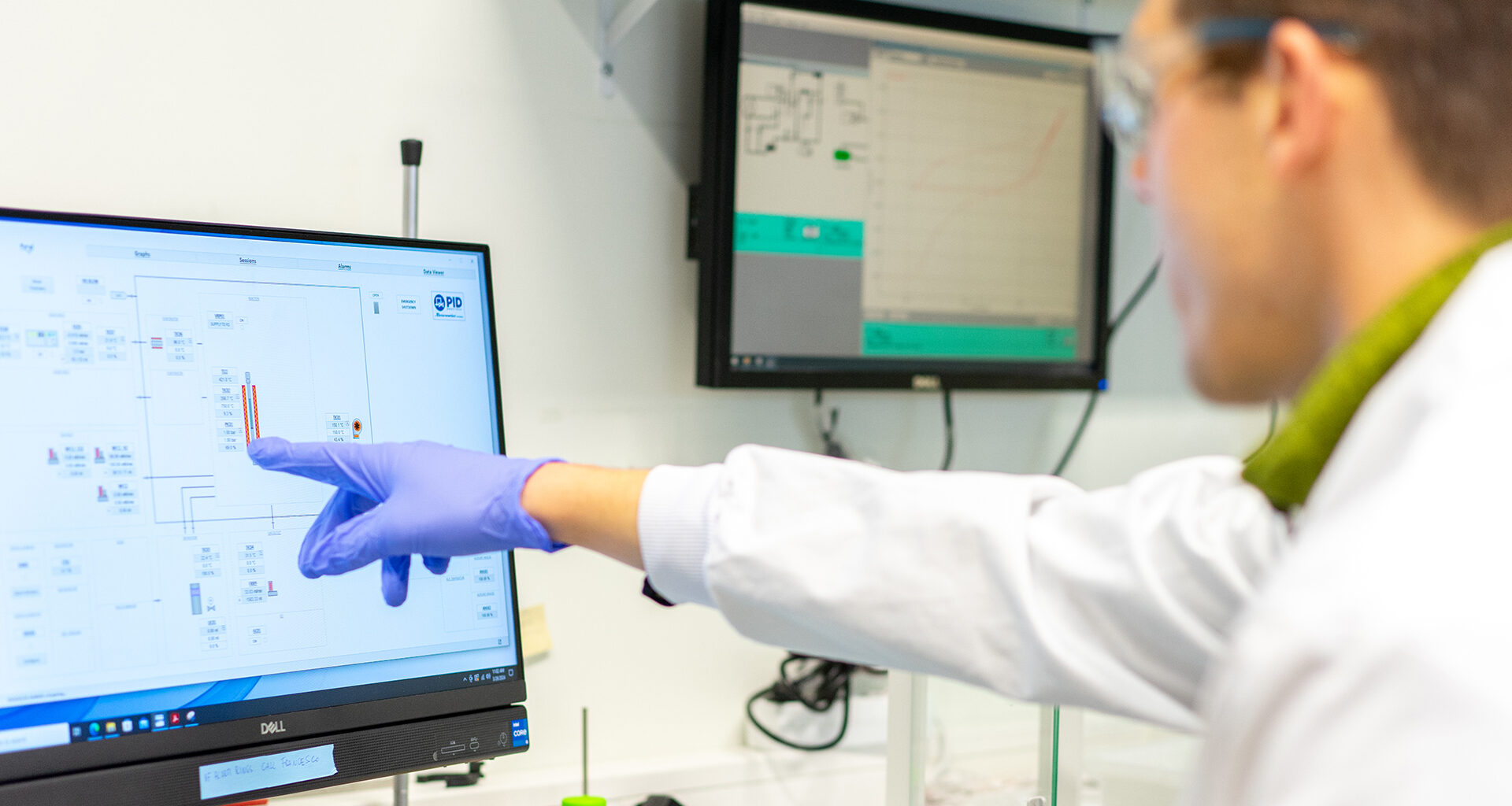A breakthrough technology that turns plastic waste into clean energy and sustainable high-value materials.
Every year, the world produces more than 300 million tons of plastic. Most of this plastic is used only once before being thrown away. Unfortunately, only around 9% is recycled, while 12% is burned and almost 80% ends up in landfills, rivers, and oceans. This situation has become one of the most urgent environmental challenges of our time. Plastic pollution harms marine life, contaminates soil and water, and even enters our food chain in the form of microplastics.
At the same time, the world is facing another enormous challenge: the climate crisis. Reducing greenhouse gas emissions requires clean energy alternatives. Hydrogen (H₂) is widely recognised as one of the most promising solutions. It can power vehicles, store renewable energy, and serve as a zero-carbon raw material for industry. However, today 96% of hydrogen is produced from fossil fuels, which means its production is still a source of CO₂ emissions.
We are therefore faced with a double problem: too much plastic waste and polluting hydrogen production.
A double solution: The WASTE2H2 project
The WASTE2H2 project, funded by the European Union, offers a bold and innovative answer to both problems at once. Its goal is to develop a new technology that transforms plastic waste into clean hydrogen and valuable carbon materials, with no greenhouse gas emissions.
How does it work? The process aims to use a combination of ionic liquids, metal nanoparticles, and microwave irradiation. Together, these technologies break down plastics in a single step, under mild conditions (less than 350°C and at atmospheric pressure). The result would be a clean stream of hydrogen gas and solid carbon nanomaterials.
This is important because it provides two valuable products from waste that usually cause environmental harm. Hydrogen can be used as a clean fuel or industrial input, while carbon nanomaterials are valuable for sectors like electronics, aerospace, energy, and sports equipment.
Watch the WASTE2H2 Project video here.
Why is this technology different?
Several studies have focused on turning plastics into hydrogen before. But the existing processes usually require:
High temperatures (often above 750°C).
Two or more steps, making them complicated and expensive.
Large amounts of catalyst, which quickly become inactive due to carbon deposits.
Significant CO₂ emissions.
WASTE2H2 would potentially overcome these challenges thanks to its novel design:
One single step instead of two.
Lower energy consumption thanks to microwaves.
Highly efficient hydrogen production (>97% purity).
Easy recovery and reuse of both the catalyst and the carbon product.
Zero or low greenhouse gas emissions.
This means the process is not only environmentally friendly but also potentially cheaper than existing methods, making it competitive in the energy market.
Benefits for people and the planet
The advantages of WASTE2H2 extend far beyond the laboratory. If successful, this technology could:
Reduce plastic pollution: Plastics that today end up in landfills or oceans could instead be used as a valuable resource.
Provide clean energy: Local facilities could produce hydrogen on-site, reducing dependence on fossil fuels and cutting transport costs.
Support the circular economy: Instead of treating plastics as waste, we would turn them into energy and useful products.
Boost European industry: Carbon nanomaterials are expensive and difficult to produce with current methods. WASTE2H2 offers a cheaper and greener alternative.
Help fight climate change: By eliminating CO₂ emissions from both waste and hydrogen production, the project will contribute directly to climate goals.
The roadmap ahead
The project will run for four years, during which the international team of scientists and engineers will:
Design and test new ionic liquid-based catalytic systems.
Build and operate a laboratory-scale prototype.
Study environmental and economic impacts through Life Cycle Analysis and Life Cycle Cost.
Develop digital models to plan future large-scale plants.
By 2027, WASTE2H2 aims to deliver proof of concept at the laboratory level (Technology Readiness Level 4). The next step would be to scale up, first to pilot plants and later to commercial facilities.
The long-term vision is ambitious: by 2035, Europe could have multiple WASTE2H2 plants producing hydrogen locally, e.g., in supermarkets, recycling centres, or industrial sites. This hydrogen could be used for vehicles, industry, or energy storage, while the carbon materials would serve advanced applications.
A high-risk, high-gain project
WASTE2H2 is not without huge challenges; indeed, the whole project is an enormous challenge. Designing ionic liquids that can withstand high temperatures, dissolve plastics, and remain stable all at the same time is very difficult and preparing efficient, selective, and durable catalysts is also very complex, but the potential benefits are so great that the project is worth the risk.
If successful, WASTE2H2 would not just create new technology, it could change the way we think about waste and energy. Instead of seeing plastic as a problem, we will see it as a resource for clean energy and advanced materials.
Conclusion
The WASTE2H2 project embodies the spirit of innovation and sustainability. By combining cutting-edge chemistry, engineering, and environmental science, it proposes a solution that could tackle two pressing global problems: plastic pollution and climate change.
In simple terms, WASTE2H2 turns trash into added-value products: hydrogen to power a zero-carbon economy, and carbon nanomaterials to strengthen industries. It shows how science and technology can open new paths toward a cleaner, greener, and more sustainable future.
Disclaimer

This project has received funding from the European Union’s Horizon Europe research and innovation programme through the European Innovation Council under the grant agreement No. 101130249.
Please note, this article will also appear in the 24th edition of our quarterly publication.

